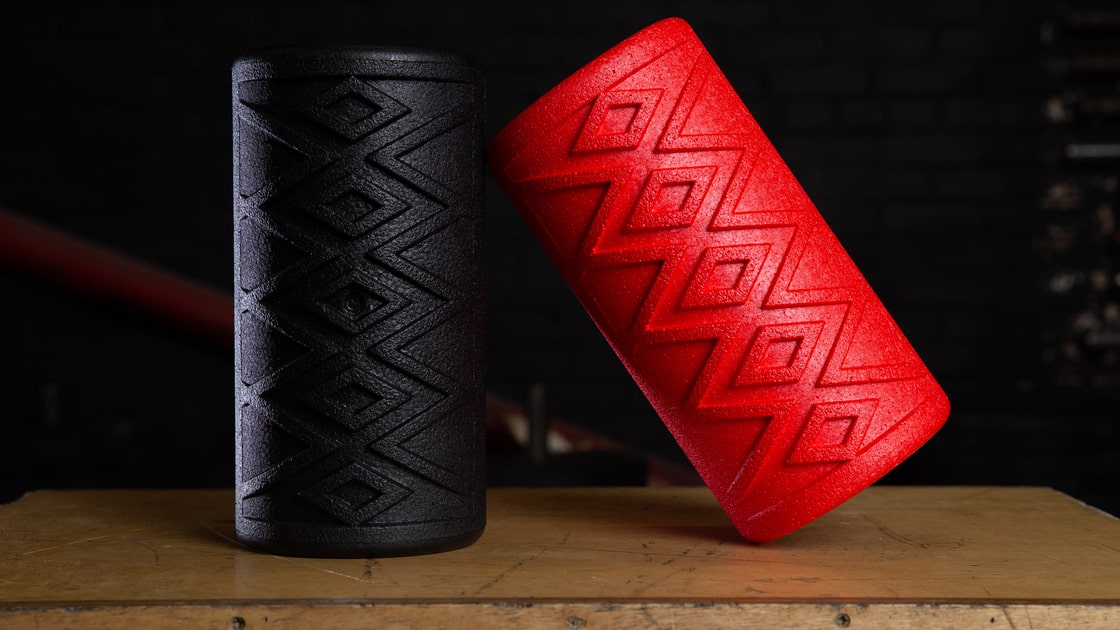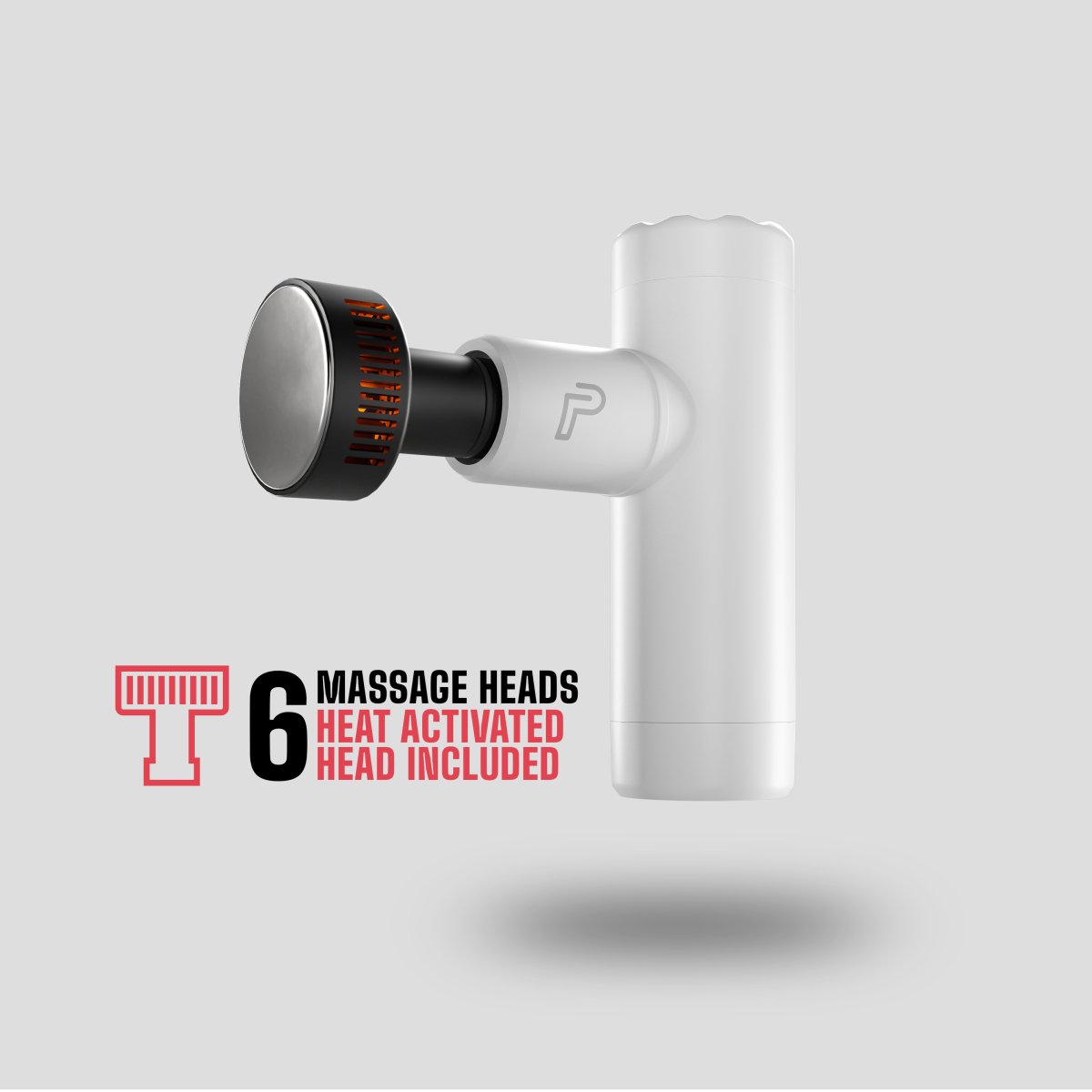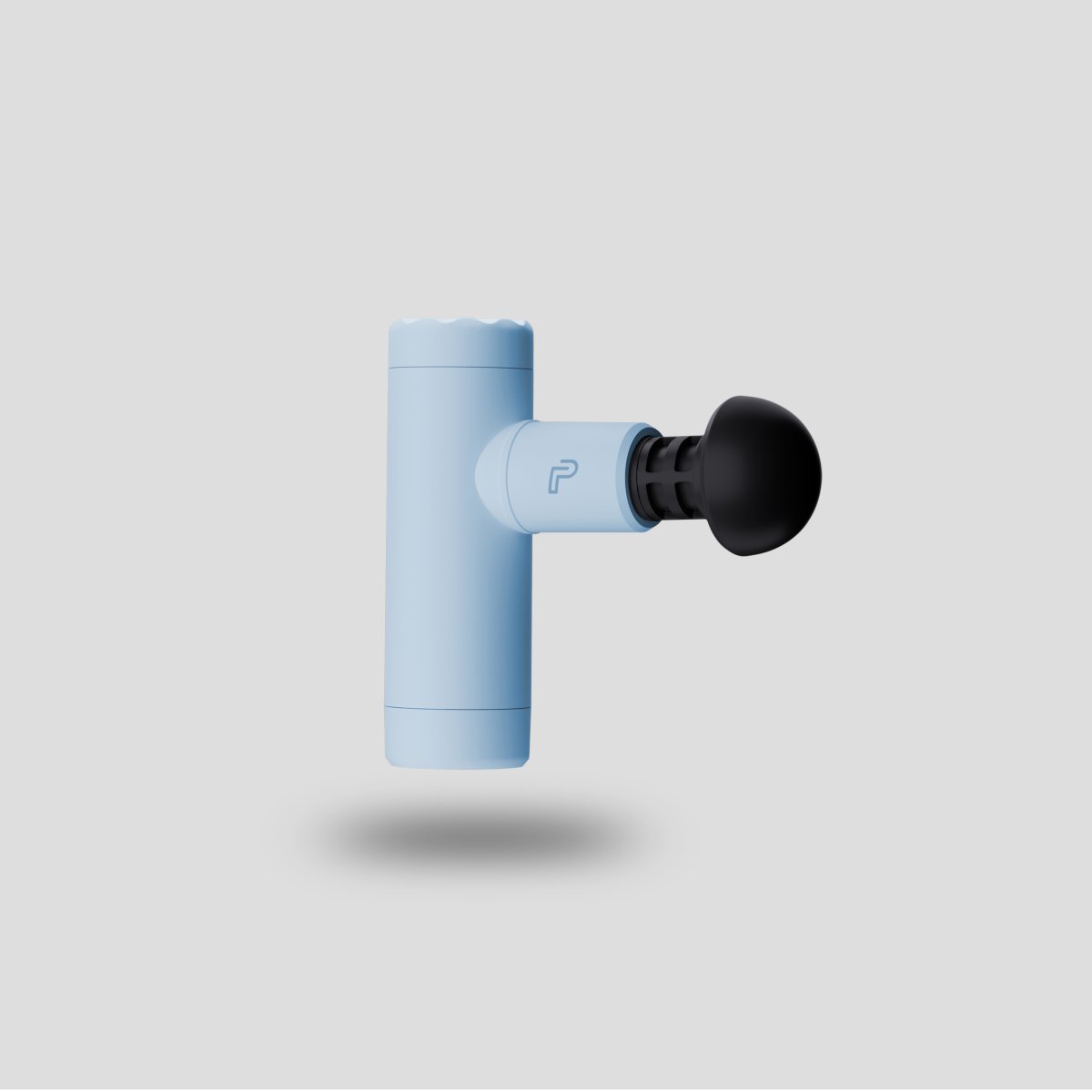If you haven’t heard of the phrase before, shin splints refers to pain felt in the leg along the shin bone, located at the front of the lower leg. Shin splints are a common injury to suffer from if you over train or overuse your muscles, which explains why this injury is typically seen in athletes who take part in high impact activities such as runners or dancers.
So, how do you treat shin splints?
What are shin splints?
Shin splints can occur when you perform a repetitive, high-impact activity. The muscle and bone tissue can be overused if your body isn’t used to the level of training or if you haven't warmed up properly. They can also occur if you’ve changed something about your usual training and your body needs to adjust to it.
For example, if you’re a runner who only runs on flat surfaces and then you suddenly start running up hills, your body may not react well to the change. Shin splints can also affect you if you have flat feet or high arches.

How to prevent shin splints
You may be able to prevent shin splints, or at least reduce the risk of suffering from them, by utilising the following tips:
- Make sure you’re wearing properly fitted shoes with good support
- Gradually build up your fitness levels to strengthen your muscles and avoid shocking them with huge changes in training
- Try a different activity once in a while such as yoga, swimming, or Pilates. Varying your movements and improving flexibility can reduce your risk of getting shin splints.
How to treat shin splints
The RICE method is a great way to treat shin splints. This stands for rest, ice, compression, and elevation. This is pretty self explanatory: rest from all strenuous activities, apply ice to the affected area for about 15 minutes at a time, apply compression or wear compression garments, and elevate your legs on a chair or pillow.
Stretching regularly is also a great way to relieve the pain. You can try the seated shin stretch, where you kneel on the floor so your heels are under your glutes. Place your hands on the floor behind you and lean back. Hold for at least 30 seconds.
Another effective stretch is calf raises. Standing up, raise yourself off the floor onto the toes and hold for 30 seconds before slowly bringing the backs of the feet down.
Can foam rolling help shin splints?
Using a foam roller can also be an effective treatment for shin splints as foam rolling can help to relieve inflammation and soreness.

How to use a foam roller for shin splints
A great technique for foam rolling shin splints is to begin on your hands and knees and place the foam roller underneath your shins. You can do both legs together or one at a time! Slowly roll along the shins and make sure your hands are placed firmly on the ground for balance.
We hope this guide has helped you if you’re wondering can foam rolling help shin splints. It is important to always try various methods of easing pain but be sure to remember that you always visit a doctor if the pain doesn't go away after rest and recovery.
If you would like more information on how foam rollers can benefit other muscles in your legs, click here.













